
8 minute read
b. Thematic trail green
b. Theme Green
THEMATIC TRAIL GREEN: MEASURING IMPACT AT LOCAL LEVEL: THE IMPORTANCE OF DATA ON BUDGET ALIGNMENT AND TRACKING INDICATORS
Advertisement
Purpose of the session One of the key challenges of Agenda 2030 is how to measure the progress we are making. We need to start measuring the impact of our actions at global, national and local level. The Agenda 2030 is not a mere declaration, is a very concrete agenda that includes: 17 Sustainable Development Goals (SDGs)
169 Targets
232 indicators that have been agreed, at the moment, by member states
It is clear than data is going to be one of the big challenges to know, in 2030, if we have reached (or not) the ambitious objectives set in year 2015. Financing the SDG is essential, but we also need to think about measuring the impact of the actions the public sector, at all levels, is making. Adapting national statistics to the SDG is one of the first priorities for member states, and it should also be for local and regional governments. We know that, since 65% of the SDG targets are already in the hands of local and regional governments, the need for local data is going to be a challenge, as countries often have problems in gathering localised data. It is particularly important to know what resources are being assigned to implement the SDGs at all government levels, as financing the SDGs is one of the elements for success.
We are aware than this is not a simple question. Many countries have started to adapt their statistic systems, but we do not know if they are putting special attention to budget allocation, what could be key to measure impact and appropriate monitoring of Agenda 2030.
The Thematic trail GREEN: Measuring impact at local level: the importance of data on budget alignment and tracking indicators wants to focalise in how
countries are preparing to monitor public investment in the SDGs at both national and territorial levels.
The session was moderated by Diana Lopez Caramazana, Head, Local government and decentralization Unit, UNHabitat.
Speakers
Nemanja Kovacevic, Assistant Minister, Ministry of Economic relations and regional cooperation, Government of Republic of Srpska, Bosnia Herzegovina
Question to be addressed: Has your country establish any financial mechanisms that can be accessed by local or regional governments to implement the SDGs? How can you measure that such decentralized funds are increasing impact in improving the lives of citizens?
Bosnia is a highly decentralized government, counting with 12 different decentralized budgets that need to align to implement the SDGs. The process started in 2017 by bringing together the different parts of government, civil society, universities, private sector and all decentralized governments. The Republic of Srpska made a strategic exercise to identify its priorities within Agenda 2030. Two main instruments to fund the SDGs have been identified. The first is to use existing budgets. The second was to create a Fund for sustainable development with blended resources from the international cooperation and the Srpska own resources. As candidate to the European Union, conversations are ongoing about the possibility for the EU to contribute as well. The Fund has financial lines not only for the public sector, but also opened to civil society. The projects financed by this fund will align to the already existing “Integrated local development project” to reinforce local priorities already identified and to fund, or to co-fund municipal projects. How to measure the impact of the projects is partly done by the government statistical
office, but also with feedback from municipalities and partners in civil society. Agenda 2030 is extremely important, is important for the individual and it is important from the country as it will bring all the community together towards the future.
Gertrude Rose Gamwera, Secretary General, Uganda Local Government Association and East African Local Government Association
Question to be addressed: What are the main challenges for municipalities in East Africa to demonstrate the impact of their action to citizens? How can these action be improved?
We are trying to bring local governments closer to Agenda 2030 in the East Africa context (including Kenya, Uganda, Rwanda, Tanzania, Burundi, South Sudan). We have welcomed the fact that national governments are already starting to align their national development plans with the SDGs, but local governments have not yet
Figura 1.1 - Indicatori statistici per monitorare gli SDGs per tipologia: identici, simili o parziali, specifici di contesto nazionale
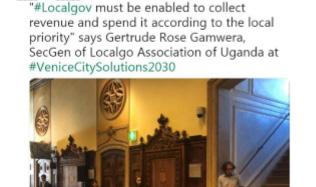
been fully incorporated in the process. Roadmaps are being designed to decide where major investments need to go, but indicators and outputs are not yet clear. The other thing that these processes many times forget is that the final beneficiary needs to be the citizen, and not only the government system. Monitoring outputs is still a challenge for the region, but we are still have a lot to do to bring the concept of Localizing the SDGs closer to many local governments in Eastern Africa. We need the discretion in allocating funds to needs to increase, if we want the local governments to contribute to Agenda 2030. Local governments are already aware about the importance of bringing on board private sector and civil society, but they still need more tools and instrument about how to bring their contribution into fruitful use. Information Technology is essential to bring the youth on board; it is also a field to explore about how to use new technologies to demonstrate what local governments do, and communicate with the citizens.
Pier Paolo Baretta, Former Vice-Minister, Ministry of Finance and Economy, Italy. In charge during the Agenda 2030 negotiations
Question to be addressed: According to you, what are the instruments available in Italy to guarantee that budgets can have a real impact in the lives of people at local level, managed by cities?
In Italy, in November 2016, the Ministry of Finance approved the document “National budget in light of Agenda 2030”, a political guideline to align budgets with the SDGs. In 2017, the National budget included a series of “welfare indicators” bringing priority SDGs to national law. Such indicators including the rent per capita, the inequality index, the absolute poverty index, the access to labour rate (a more articulated indicator going beyond the unemployment rate) as well as the CO2 emissions. The fact that these indicators have been introduced by law had a powerful influence in the budget policies. First of all, creating a more direct relation between taxes and scope of taxation so citizens and public
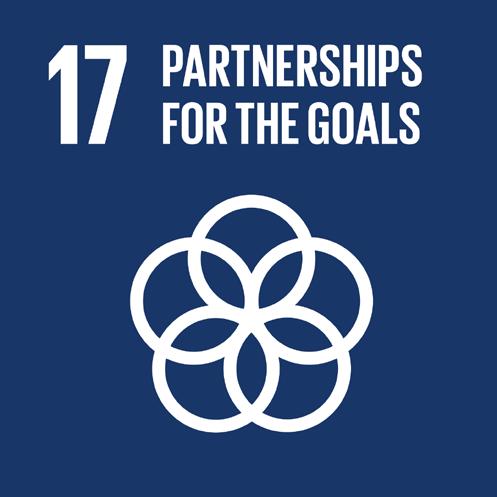
opinion could better understand the intent of taxes. The National Statistical Office, an external institution, is in charge of monitoring. The final action was to create a National Commission for Sustainable Development, including different Ministries and the regions. Local governments in the meantime have started their own actions. During the G7 in 2017, the 10 more important metropolitan cities agreed to an Environmental Charter including pollution reduction, recycling, land consumption, etc. Some other measures include tax reprieve for climate adaptation, prevention of natural disasters (specially earthquakes). The Italian Plan against poverty allocates 2 billion euro in 2018 and 2.5 in 2019 within the central budget but implemented directly by local governments who knows better the local needs.
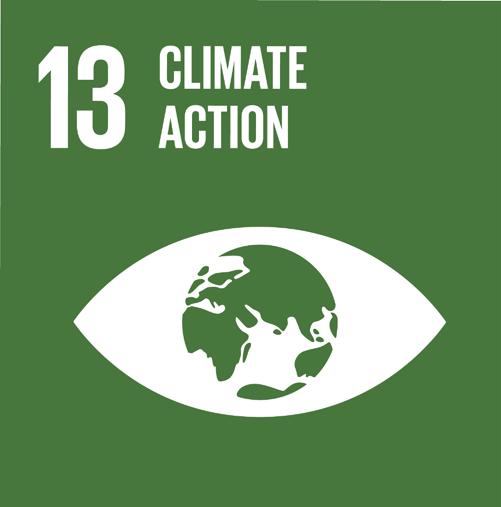
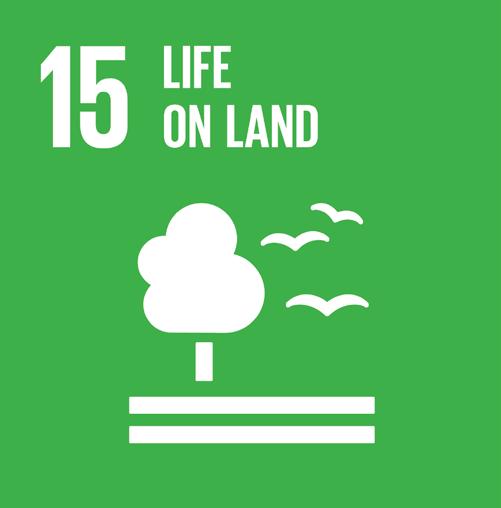
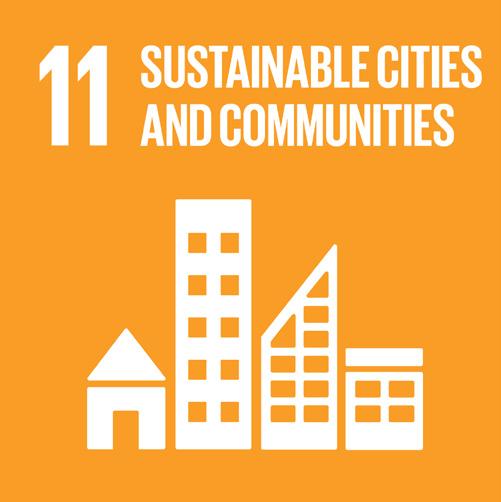
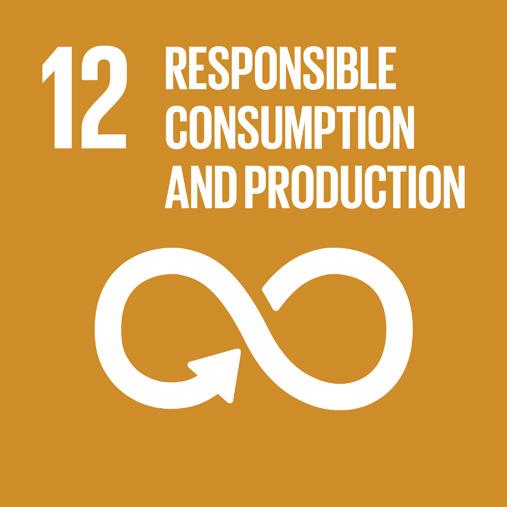
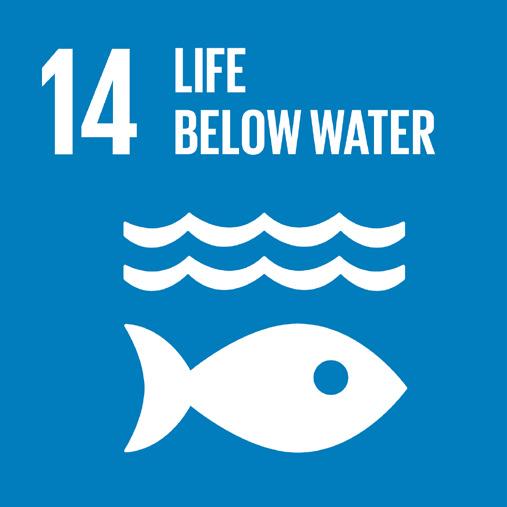
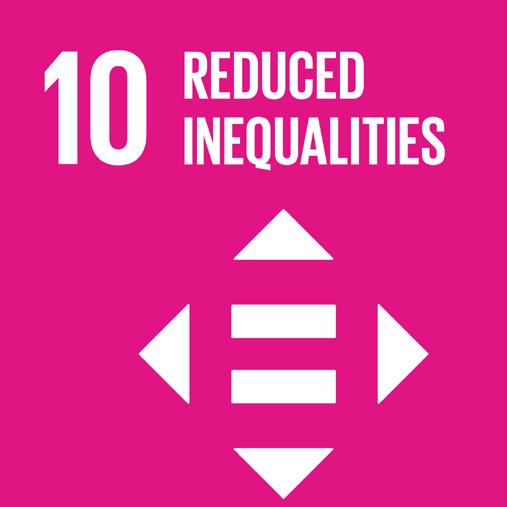
Debate with the public brought the following ideas:

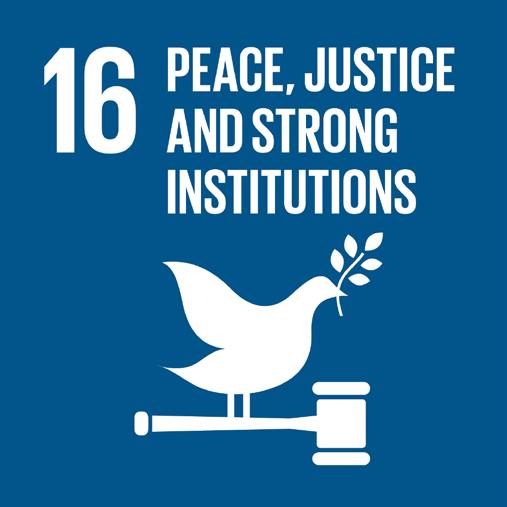
Many times, by including civil society we think we are reaching citizens, it is very important to know that the public action really reaches the lives of real
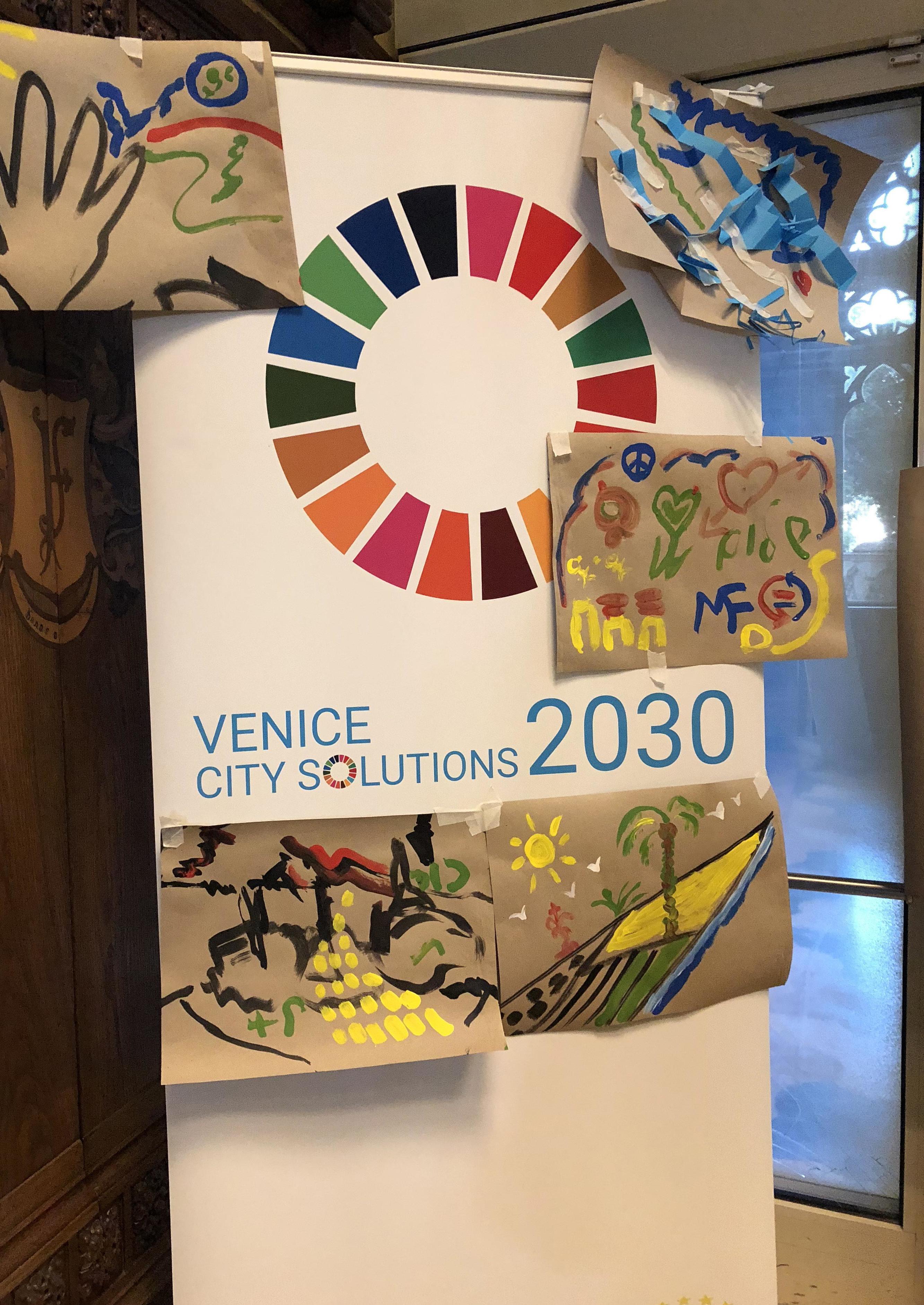


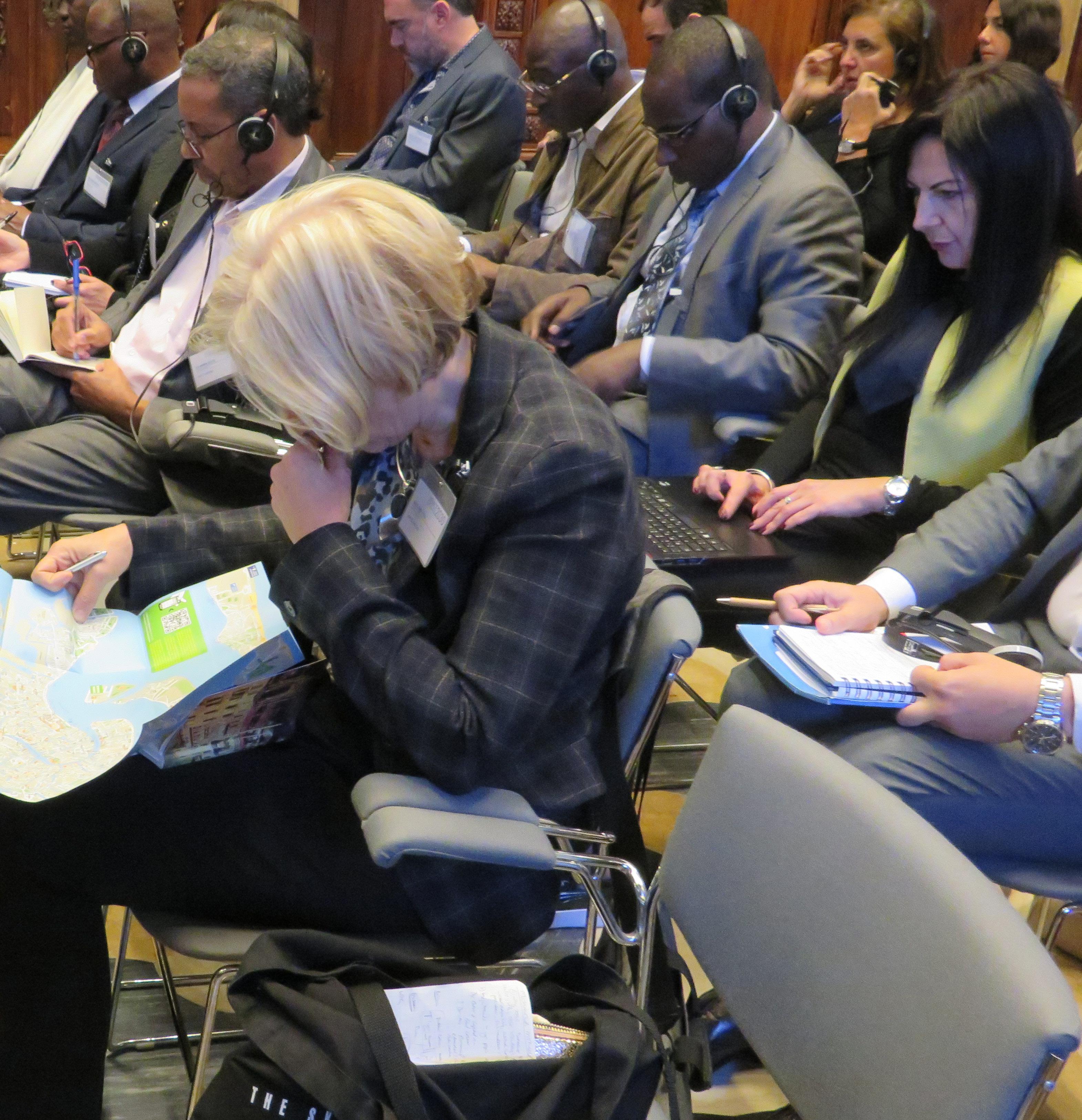
people. New technologies can help to open the process of consultation to the citizens to better understand the real impact of public action. Agenda 2030 represents an enormous opportunity of reaching citizens, creating new opportunities to communicate the results of public action. Working with the Youth, starting by schools is key as Agenda 2030 is really for them, not for us. All public finance starts by citizens paying taxes, or business paying taxes, and we need to make sure that public finances are making the most impact in giving back the common services than citizens and business need. Many SDGs indicators are based on “perception” of public service delivery, and it is very important to work in how citizens perceived public service delivery, otherwise we will have a constant problem of citizen dissatisfaction. Cities need to come together in solidarity, through the national and international networks, to be in the front line of the SDGs, by being the ones who bring citizens close to the Agenda. A lot of awareness work is still needed.
In countries where decentralization has not yet happened, such is the case of the Middle East, we still need a strong commitment from central governments to Agenda 2030 as central governments are the ones who can really initiate the process of implementation.
We need to go beyond the concept than to decentralize involves losing power, by creating awareness in governments than local government action is complementary to the action of central government. The Agenda 2030 provides an excellent framework to take a comprehensive look to the things to do and divide responsibility. Local government lack capacity in public communication, this is one of the main problems to communicate their action to the public on one side, and also to their own central governments. We need to consider the importance










